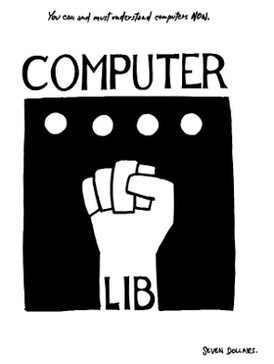
Museum of Contemporary Art, November 2014
I caught a glimpse of the orange sign on my way to the conference hotel. “David Bowie Is.”
“I am going,” I promised myself.
Best. Decision. Ever.
Even if you are too young to remember Ziggy Pop, or cringed through the “Let’s Dance” era, this exhibit at the Museum of Contemporary Art is worth whatever it takes to get you there — especially if you found yourself reading Brenda Laurel (1) this week for the New Media Seminar.
Because experiencing David Bowie Is puts you right into the middle of a drama that is organic, whole, collective and unique. Like the pioneer-master of the multi-media spectacle it honors, the exhibit integrates, re-mixes, and poaches creative juice from the breadth of human culture and wealth of digital technologies. It abounds in cool artifacts: the letter documenting David Jones’ decision to change his name to David Bowie to avoid confusion with David Jones the Monkee, Brian Eno’s EMS Synthi AKS synthesizer used for the recording the album “Heroes”, handwritten lyrics, and costumes — the amazing technicolor dreamcoats, moonboots, and kabuki inspired pants. And of course there is video — lots of video — clips from famous performances, interviews, session tapes, highlights from Bowie’s film and stage career (including a wrenching clip from Elephant Man and a haunting scene from The Prestige). But what makes the installation so powerful is the modality of its execution, which is both collective and highly personal.
Groups are admitted to the exhibit every thirty minutes, and each person receives a player and headset at the entry. Push the green button and off you go. But this is much more than the self-guided audio tour one can take in any number of museums these days, because the players are wireless receivers that sync your physical location in the room to feed in the audio that goes with what you are seeing. (2) As you approach the screen where Space Oddity is playing, the soundtrack appears and gets louder in your headset — AND it is synced perfectly to Bowie’s lips on the video. Stand near the other people hearing, “This is ground control to Major Tom” and you can feel them savoring the chorus, lost in their own space, or smiling at the two little girls in pink uggs rocking out at knee level. Take a few steps to the side and the soundtrack shifts. Space Oddity fades away and as you look at the display case you hear a different song, or a narrator providing background for the artifact. Step up to the recessed video a bit further on and hear Bowie describe the development and use of the Verbesizer, the computer program he developed with Ty Roberts to generate and re-order random phrases into lyrics. Want to go back and hear quasi-alien-alienated Bowie singing while you contemplate a gorgeous glimpse of Earth from space? No problem. The receiver picks up the right audio feed as if by osmosis.
It will take you at least ninety minutes to make your way through the entire exhibit. You will savor every immersive, personal-dynamic, media-is-the-message moment. I promise. You are together and alone, experiencing David Bowie.
(1) More focused responses to “The Six Elements and the Causal Relations Among Them” are here and here.
(2) For a more technical description of how the audio works and a more detailed review of the exhibit click here.







